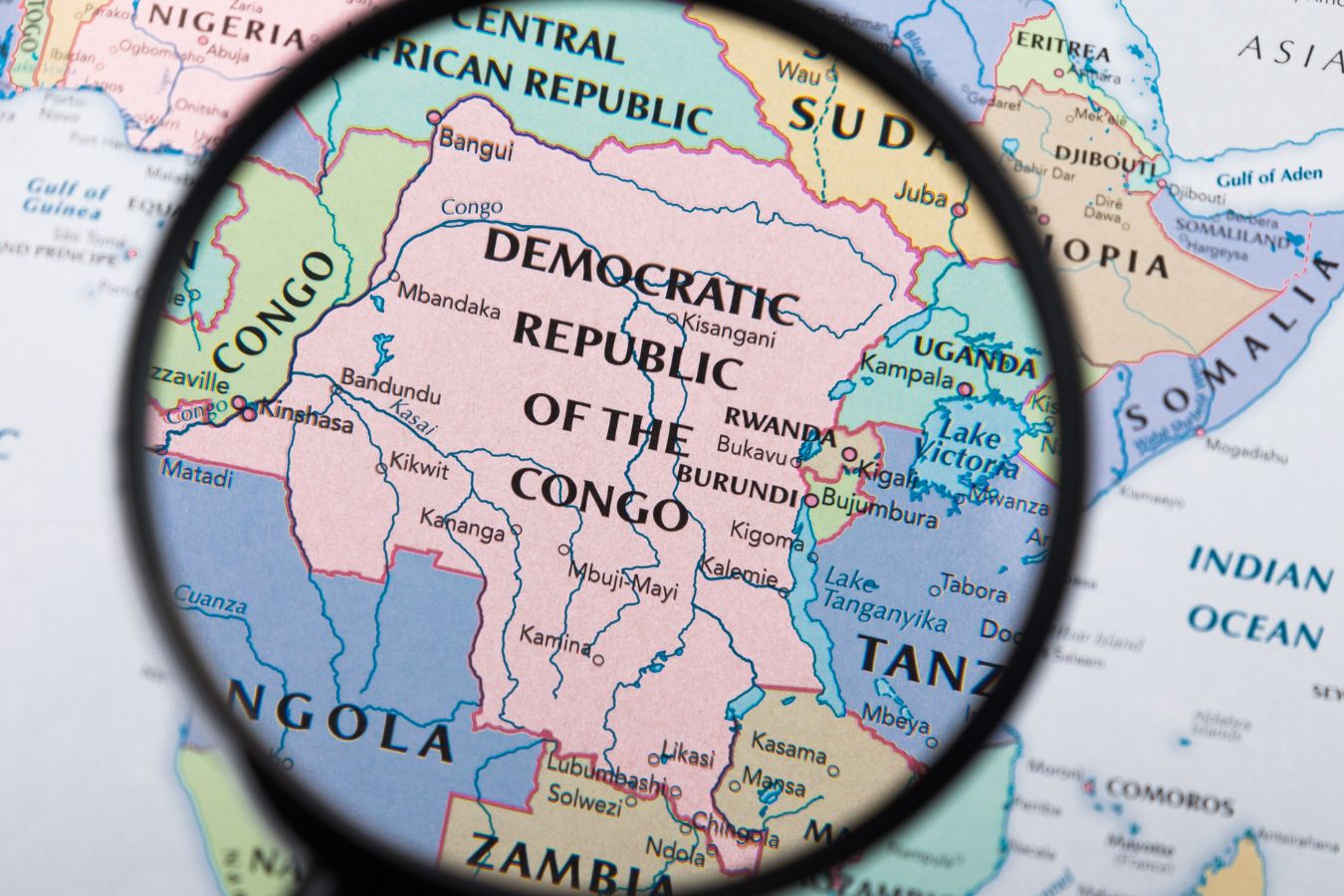
A cultivar of Coffea canephora was discovered in the Belgian Congo in 1898, and colonists dubbed it ‘Robusta’ to emphasize its hardiness. Under the ruthless authority of the Belgian colonizers, coffee manufacturing began to pick up steam on plantations. Until 1960, the great majority of coffee was produced on large estates rather than by smallholders. Agriculture, especially coffee production, had been highly funded and supported up to this time, with 26 research stations across the country and 300 specialists employed by the Institut National pour l’Etude Agronomique du Congo Belge (the national institute for agricultural studies in the Belgian Congo).
Following independence in 1960, government support was cut, and plantations began to collapse in the 1970s, partly due to non-national marginalization and partly due to a lack of infrastructure. Only 14% of the coffee produced in the DRC was grown on estates in 1987, and only 2% in 1996. However, due to the free market, coffee production soared in the 1970s and 1980s, and the government attempted to save the industry in the late 1980s by lowering export tariffs.
For the country and the coffee industry, the 1990s were a difficult decade. Between 1996 and 2003, the First and Second Congo Wars resulted in a drop in production, which was worsened by the spread of coffee wilt disease. The high levels of output seen in the late 1980s and early 1990s have decreased to less than half of what they were. Only Robusta coffee was impacted by coffee wilt, yet Robusta coffee accounted for the great bulk of coffee produced in the DRC.
The country’s infrastructure is still a major issue. As the DRC tries to recover from recent conflict, there are hopes that coffee will play a role in its economic recovery. Both the government and non-governmental organizations (NGOs) have made significant investments in the sector, and there is growing interest in the country’s potential for producing outstanding coffee. Parts of the DRC’s soil, altitude, and temperature are ideal for producing very great coffees, which are worth searching out and supporting.
GROWING REGIONS
GROWING REGIONS
Population: 82,243,000
Number of 60kg (132lb) bags in 2016: 335,000
Some regions of the DRC mostly grow Robusta, others mostly grow Arabica, and some grow a mixture of the two.
KIVU
Kivu comprises three provinces:
Nord-Kivu, Sud-Kivu, and Maniema, all surrounding Lake Kivu, after which the region is named. The higher altitude areas in Kivu grow the best coffee in the country, mainly Arabica, so these are worth seeking out.
| Altitude: | 1,460–2,000m (4,800–6,560ft) |
| Harvest: | October–September |
| Varieties: | Mostly Bourbon |
ORIENTAL
A small amount of Arabica is also grown in this eastern region of the country, but it is mostly Robusta here.
Altitude: 1,400–2,200m (4,600–7,200ft)
Harvest: October–September
Varieties: Robusta and Bourbon
KONGO CENTRAL
Formerly Bas-Congo, this very westernmost point of the country does produce some coffee, but it is all Robusta.
Harvest: March–June Varieties: Robusta
EQUATEUR
This is another large producing area in the country, situated in the northwest. It is mostly Robusta here.
Harvest: October–January
Varieties: Robusta